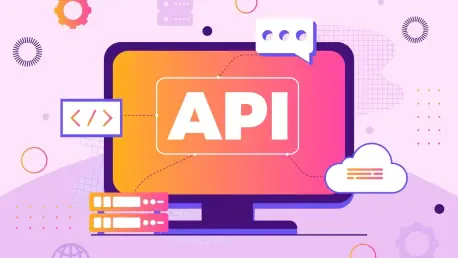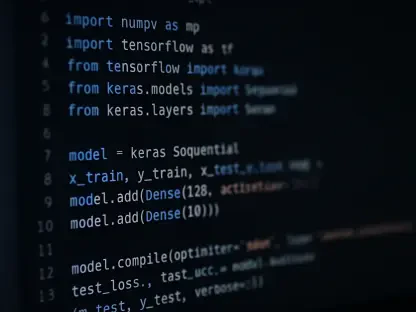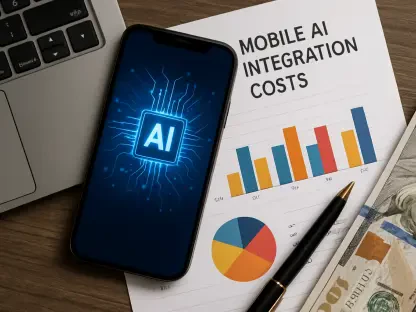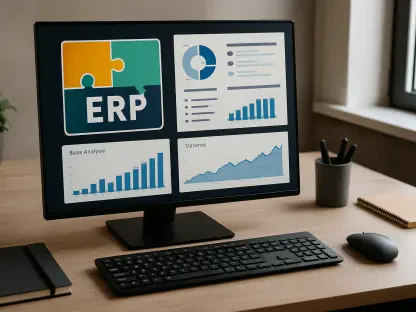Today, we delve into the dynamic world of API and application security with Anand Naidu, a seasoned expert in development. His broad knowledge spans from frontend to backend coding languages, offering a rich perspective on how cutting-edge technologies are reshaping our digital landscape. We’ll explore initiatives from promising startups focused on embedding security throughout the application life cycle, from AI-driven automation to real-time data protection.
Can you explain the unique features and capabilities of Akto.io’s API security platform?
Akto.io is a standout due to its comprehensive approach to API security, focusing on visibility, testing, and risk management. Its platform begins with API discovery, a crucial step that uncovers shadow and zombie APIs that frequently evade detection. By automating the security testing process—a phase often reliant on manual methods—Akto efficiently identifies vulnerabilities and provides runtime threat protection. Moreover, it prioritizes the APIs posing the highest risk, ensuring remediation efforts are directed where they’re most needed. The seamless integration into CI/CD pipelines rounds out its capabilities, making automated API security achievable across all development stages.
How does Akto.io’s approach to API discovery address the issue of shadow and zombie APIs?
Akto.io tackles these elusive APIs with a robust discovery mechanism enhanced by agentic AI. This technology improves accuracy and reduces false positives, ensuring comprehensive API visibility. By automating the identification and security testing, Akto significantly streamlines the process, allowing entities to maintain an updated security posture effortlessly. Their platform administers thousands of test cases, digging deep to pinpoint serious vulnerabilities like broken authentication or authorization flaws, addressing shadow and zombie APIs efficiently.
What distinguishes AppSentinels in its analysis of application workflows?
AppSentinels utilizes advanced AI models—such as graph logic and unsupervised clustering—to comprehensively map and analyze application workflows. This unique approach allows the platform to detect and thwart complex business logic attacks, which are often intricate and difficult to address. The continuous penetration testing offered by AppSentinels operates without human intervention, allowing for vigilant monitoring and runtime protection.
How does Aurva secure data in real time?
Aurva secures data at runtime by meticulously tracking data usage, access, and flow within and beyond an organization. Using a model-layer AI security mechanism and eBPF for non-Windows systems, it can monitor data packets with minimal latency. This low-impact surveillance ensures comprehensive data protection while maintaining high system performance, thus sidestepping the typical slowdowns associated with continuous data monitoring.
What types of business logic vulnerabilities does Escape focus on detecting?
Escape specializes in identifying and prioritizing deep-rooted business logic vulnerabilities that traditional tools might overlook. This includes broken object level authorization and insecure direct object references. By generating detailed attack scenarios tailored to each API, Escape not only pinpoints potential threats but also maps their potential impact on business operations, allowing organizations to mitigate risks effectively.
What is Raven’s “runtime-first” approach to application security?
Raven’s runtime-first approach allows the platform to focus predominantly on vulnerabilities that are truly exploitable within an application’s live runtime environment. By utilizing proprietary eBPF sensors, Raven observes the stack comprehensively without needing code injection, ensuring a thorough yet unobtrusive analysis. This reduces the noise from non-critical vulnerabilities, enabling more accurate and relevant risk assessments.
How does Seal Security facilitate open-source vulnerability patching?
Seal Security automates the patching of open-source vulnerabilities by making security fixes compatible with older library versions, thereby streamlining the process significantly. This automation reduces the need for constant updates and coordination between teams, allowing developers to address vulnerabilities quickly and efficiently. With an expanded focus on securing operating systems and container images, Seal Security offers a robust, all-encompassing package for today’s diverse coding environments.
How does Seezo automate security design reviews before coding begins?
Seezo revolutionizes pre-coding security design reviews using AI to analyze design documents and generate specific security requirements. This proactive strategy integrates security seamlessly into the initial stages of software development, reducing vulnerabilities introduced later in the pipeline. By automating this traditionally labor-intensive process, Seezo vastly increases coverage across development projects, fostering secure coding from the onset.
Do you have any advice for our readers?
Understand that security is not just a feature to be added but a foundational element that must be integrated at every phase of development. Staying informed about technological advancements and adopting automated solutions can significantly bolster your security posture, ensuring resilience against evolving threats.









